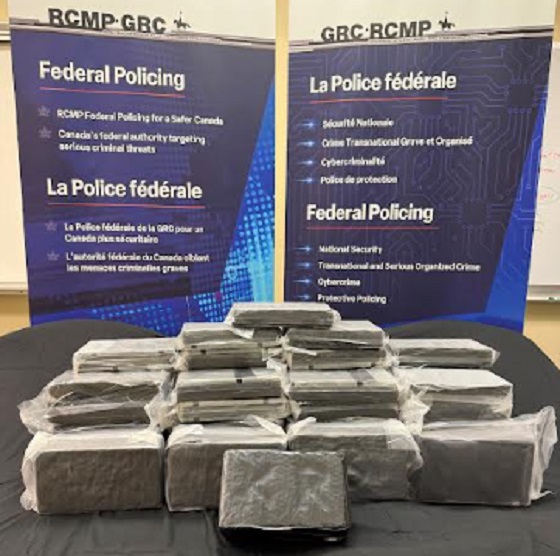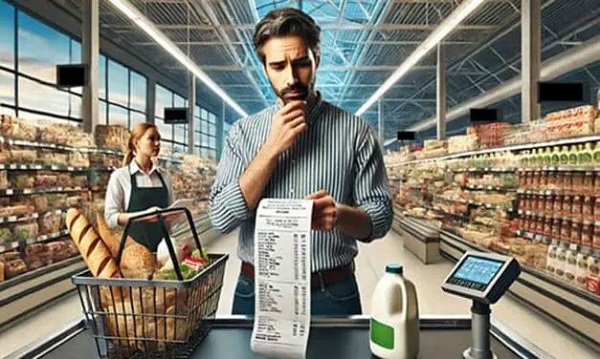Alberta
New Car-Race Season Blends Memories and Hope

New Car-Race Season Blends Memories and Hope
As these words take shape, one familiar sport is being performed on a regular (not daily) basis in this area. By the end of the weekend, two such adventures will be part of the official record.
Horse racing was first. Auto racing, scheduled Saturday at Castrol Raceway, will be second. A big step, possibly, in the ongoing struggle by addictive fans, sponsors and drivers to preserve an annual summer attraction that once held a lofty place on Alberta’s sports calendar.
Soon, the ongoing dance about when and where for NHL playoffs is expected to end, allowing Edmonton to be named, officially and finally, as a “hub city” with the majority of games to take place at Rogers Centre. After that, we can all hope the sky is the limit for the Canadian Elite Basketball League, top local and area soccer and numerous other long-awaited events.
But, first things (or second things) first.
Ron MacDonell, who holds a lease on the oval at Castrol Raceway near the International Airport, surprised me with his first few words after telephoned for confirmation that the season would begin. “Absolutely,” he howled. “And we’re guaranteed a sellout!!
“The government is allowing us to have 200 spectators (in a facility that regularly has held more than 7,000). If the weather holds up, it will be a great start.”
Aha, the weather. Last year, seven scheduled events were washed out by rain. “Too bad we had so much trouble,” MacDonell moaned. “We were getting better crowds, and we were getting more cars.”
If all goes well, with perfect weather and continued easing of the coronavirus safety requirements, the maximum will be six Saturday race nights. “It’s almost like starting over.”
Such restarts are a big part of Alberta’s auto-racing tradition, topped by the presence of prominent Edmontonian Ron Hodgson, now a member of the Canadian Drag Racing Hall of Fame and the Canadian Auto Racing Hall of Fame. In the 1970s, he teamed with Gordon Jenner and driver Gordie Bonin in winning six NHRA Funny Car medals and two world championships. Gord Beck was another top-level driver to benefit from his association with Hodgson.
More recently, Hodgson and driver Terry Capp carried Alberta’s banner throughout the western U.S., winning major events in Tucson, Bakersfield and other communities. They earned high-profile international recognition. “We could race every week,” Hodgson told me. “We could go to the east, too, but there isn’t enough time.”
Two other sons carried on the tradition: Jeff was a successful sprint-car driver at Castrol Raceway and Ryan, streaking on a quarter-mile drag strip, once owned the world’s fastest time, 268 miles per hour.
Jeff followed in the impressive short-track oval footsteps of Sean Moran, Wade Fleming, Tim Gee and Mark Duperron, among others. Fleming and Moran, first-cousins who operate Central Tire in downtown Edmonton, share the local record for points victories: nine titles each.
“We got along really well on the track, most of the time,” Moran grinned on Friday. “But sometimes we were close to the finish line.”
Wade’s dad, the late sportsman Larry Fleming, was a successful racer for many years before retiring.
Ron Hodgson once owned Castrol Raceway after years as a supporter of Speedway International. After he stepped away last season. Long-time track announcer Gord Craig found it hard to maintain his standard level of optimism. “There is still a pulse – call it a pulse – for racing in Alberta,” he said.
Facilities at Drumheller, Rimbey and elsewhere have been successful at time, “but the sport needs a major boost. In this sport, sponsors always turn out to be people who love the sport and don’t just contribute for business reasons.”
Alberta
Gondek’s exit as mayor marks a turning point for Calgary
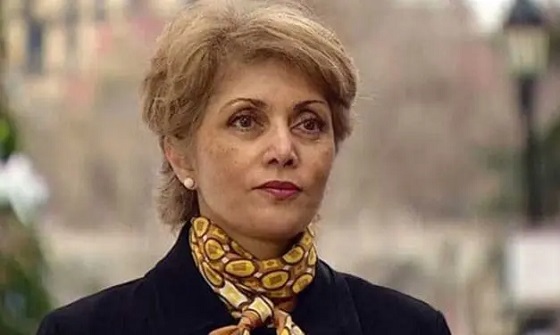
This article supplied by Troy Media.
The mayor’s controversial term is over, but a divided conservative base may struggle to take the city in a new direction
Calgary’s mayoral election went to a recount. Independent candidate Jeromy Farkas won with 91,112 votes (26.1 per cent). Communities First candidate Sonya Sharp was a very close second with 90,496 votes (26 per cent) and controversial incumbent mayor Jyoti Gondek finished third with 71,502 votes (20.5 per cent).
Gondek’s embarrassing tenure as mayor is finally over.
Gondek’s list of political and economic failures in just a single four-year term could easily fill a few book chapters—and most likely will at some point. She declared a climate emergency on her first day as Calgary’s mayor that virtually no one in the city asked for. She supported a four per cent tax increase during the COVID-19 pandemic, when many individuals and families were struggling to make ends meet. She snubbed the Dec. 2023 menorah lighting during Hanukkah because speakers were going to voice support for Israel a mere two months after the country was attacked by the bloodthirsty terrorist organization Hamas. The
Calgary Party even accused her last month of spending over $112,000 in taxpayers’ money for an “image makeover and brand redevelopment” that could have benefited her re-election campaign.
How did Gondek get elected mayor of Calgary with 176,344 votes in 2021, which is over 45 per cent of the electorate?
“Calgary may be a historically right-of-centre city,” I wrote in a recent National Post column, “but it’s experienced some unusual voting behaviour when it comes to mayoral elections. Its last three mayors, Dave Bronconnier, Naheed Nenshi and Gondek, have all been Liberal or left-leaning. There have also been an assortment of other Liberal mayors in recent decades like Al Duerr and, before he had a political epiphany, Ralph Klein.”
In fairness, many Canadians used to support the concept of balancing their votes in federal, provincial and municipal politics. I knew of some colleagues, friends and family members, including my father, who used to vote for the federal Liberals and Ontario PCs. There were a couple who supported the federal PCs and Ontario Liberals in several instances. In the case of one of my late
grandfathers, he gave a stray vote for Brian Mulroney’s federal PCs, the NDP and even its predecessor, the Co-operative Commonwealth Federation.
That’s not the case any longer. The more typical voting pattern in modern Canada is one of ideological consistency. Conservatives vote for Conservative candidates, Liberals vote for Liberal candidates, and so forth. There are some rare exceptions in municipal politics, such as the late Toronto mayor Rob Ford’s populistconservative agenda winning over a very Liberal city in 2010. It doesn’t happen very often these days, however.
I’ve always been a proponent of ideological consistency. It’s a more logical way of voting instead of throwing away one vote (so to speak) for some perceived model of political balance. There will always be people who straddle the political fence and vote for different parties and candidates during an election. That’s their right in a democratic society, but it often creates a type of ideological inconsistency that doesn’t benefit voters, parties or the political process in general.
Calgary goes against the grain in municipal politics. The city’s political dynamics are very different today due to migration, immigration and the like. Support for fiscal and social conservatism may still exist in Alberta, but the urban-rural split has become more profound and meaningful than the historic left-right divide. This makes the task of winning Calgary in elections more difficult for today’s provincial and federal Conservatives, as well as right-leaning mayoral candidates.
That’s what we witnessed during the Oct. 20 municipal election. Some Calgary Conservatives believed that Farkas was a more progressive-oriented conservative or centrist with a less fiscally conservative plan and outlook for the city. They viewed Sharp, the leader of a right-leaning municipal party founded last December, as a small “c” conservative and much closer to their ideology. Conversely, some Calgary Conservatives felt that Farkas, and not Sharp, would be a better Conservative option for mayor because he seemed less ideological in his outlook.
When you put it all together, Conservatives in what used to be one of the most right-leaning cities in a historically right-leaning province couldn’t decide who was the best political option available to replace the left-wing incumbent mayor. Time will tell if they chose wisely.
Fortunately, the razor-thin vote split didn’t save Gondek’s political hide. Maybe ideological consistency will finally win the day in Calgary municipal politics once the recount has ended and the city’s next mayor has been certified.
Michael Taube is a political commentator, Troy Media syndicated columnist and former speechwriter for Prime Minister Stephen Harper. He holds a master’s degree in comparative politics from the London School of Economics, lending academic rigour to his political insights.
Troy Media empowers Canadian community news outlets by providing independent, insightful analysis and commentary. Our mission is to support local media in helping Canadians stay informed and engaged by delivering reliable content that strengthens community connections and deepens understanding across the country
Alberta
From Underdog to Top Broodmare

WATCH From Underdog to Top Broodmare (video)
Executive Producers Jeff Robillard (Horse Racing Alberta) and Mike Little (Shinelight Entertainment)
What began as an underdog story became a legacy of excellence. Crackers Hot Shot didn’t just race — she paved the way for future generations, and in doing so became one of the most influential producers the province has known.
The extraordinary journey of Crackers Hot Shot — once overlooked, now revered — stands as one of Alberta’s finest success stories in harness racing and breeding.
Born in humble circumstances and initially considered rough around the edges, Crackers Hot Shot overcame long odds to carve out a career that would forever impact the province’s racing industry. From a “wild, unhandled filly” to Alberta’s “Horse of the Year” in 2013, to producing foals who carry her spirit and fortitude into future generations.
Her influence ripples through Alberta’s racing and breeding landscape: from how young stock are prepared, to the aspirations of local breeders who now look to “the mare that did it” as proof that world-class talent can emerge from Alberta’s paddocks.
“Crackers Hot Shot, she had a tough start. She wasn’t much to look at when we first got her” — Rod Starkewski
“Crackers Hot Shot was left on her own – Carl Archibald heard us talking, he said ‘I’ll go get her – I live by there’. I think it took him 3 days to dig her out of the snow. She was completely wild – then we just started working on her. She really needed some humans to work with her – and get to know that people are not scary.” — Jackie Starkewski
“Crackers Hot Shot would be one of the top broodmares in Albeta percentage wise if nothing else. Her foals hit the track – they’re looking for the winners circle every time.” — Connie Kolthammer
Visit thehorses.com to learn more about Alberta’s Horse Racing industry.
-

 Business2 days ago
Business2 days agoBank of Canada governor warns citizens to anticipate lower standard of living
-

 International2 days ago
International2 days agoUS Reportedly Weighing Military Strikes On Narco Targets Inside Venezuela
-
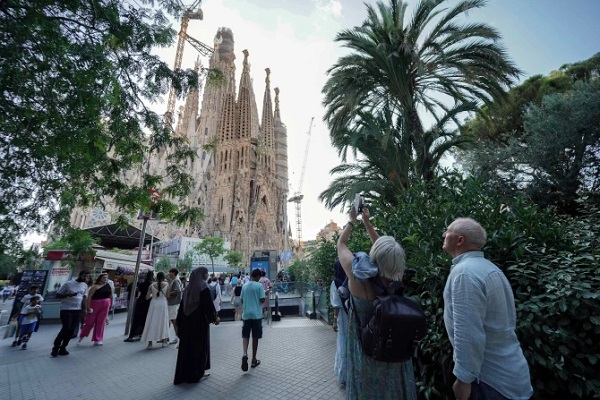
 International2 days ago
International2 days agoSagrada Familia Basilica in Barcelona is now tallest church in the world
-

 Alberta2 days ago
Alberta2 days agoGondek’s exit as mayor marks a turning point for Calgary
-

 Agriculture2 days ago
Agriculture2 days agoCloned foods are coming to a grocer near you
-
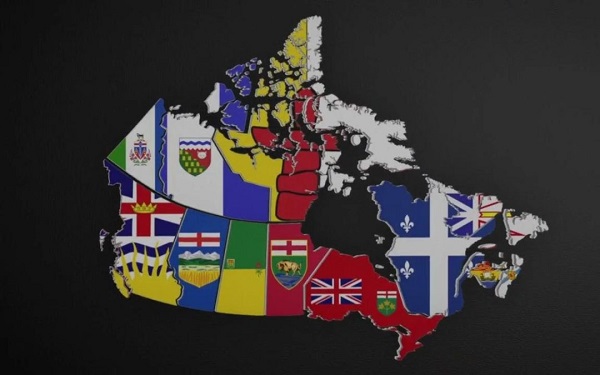
 Fraser Institute2 days ago
Fraser Institute2 days agoOttawa continues to infringe in areas of provincial jurisdiction
-

 Business16 hours ago
Business16 hours agoYou Won’t Believe What Canada’s Embassy in Brazil Has Been Up To
-

 Censorship Industrial Complex15 hours ago
Censorship Industrial Complex15 hours agoSenate Grills Meta and Google Over Biden Administration’s Role in COVID-Era Content Censorship







